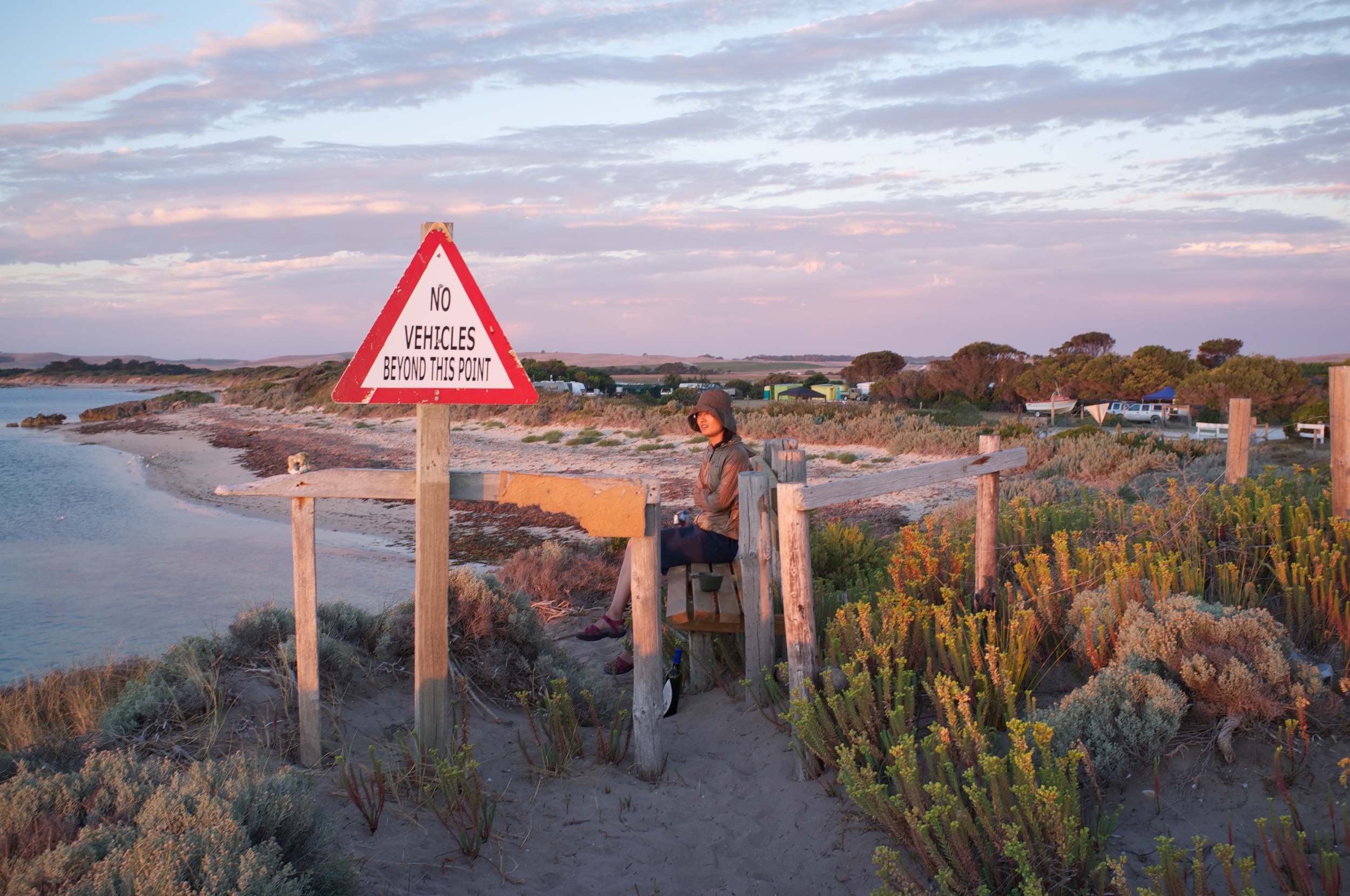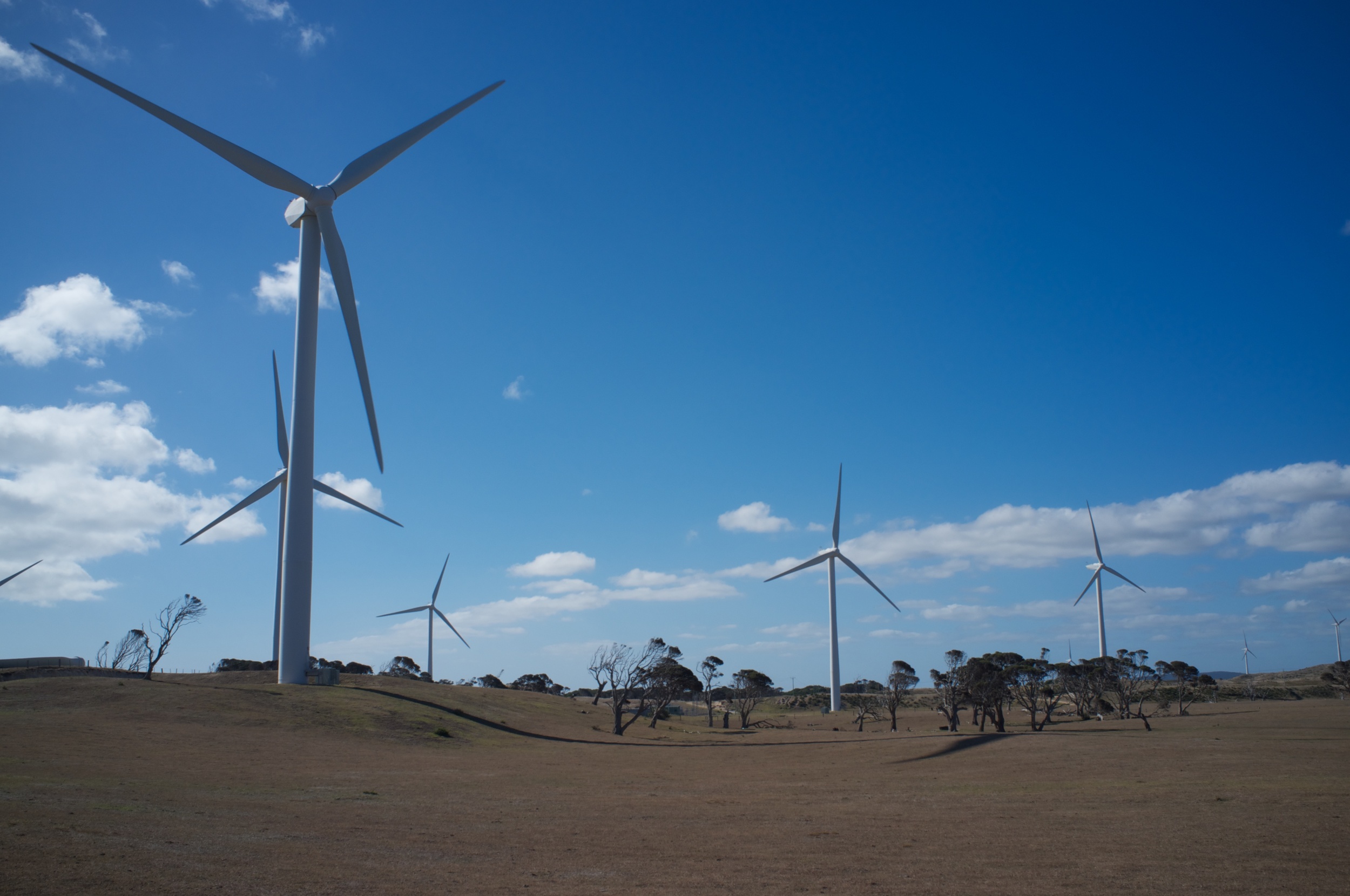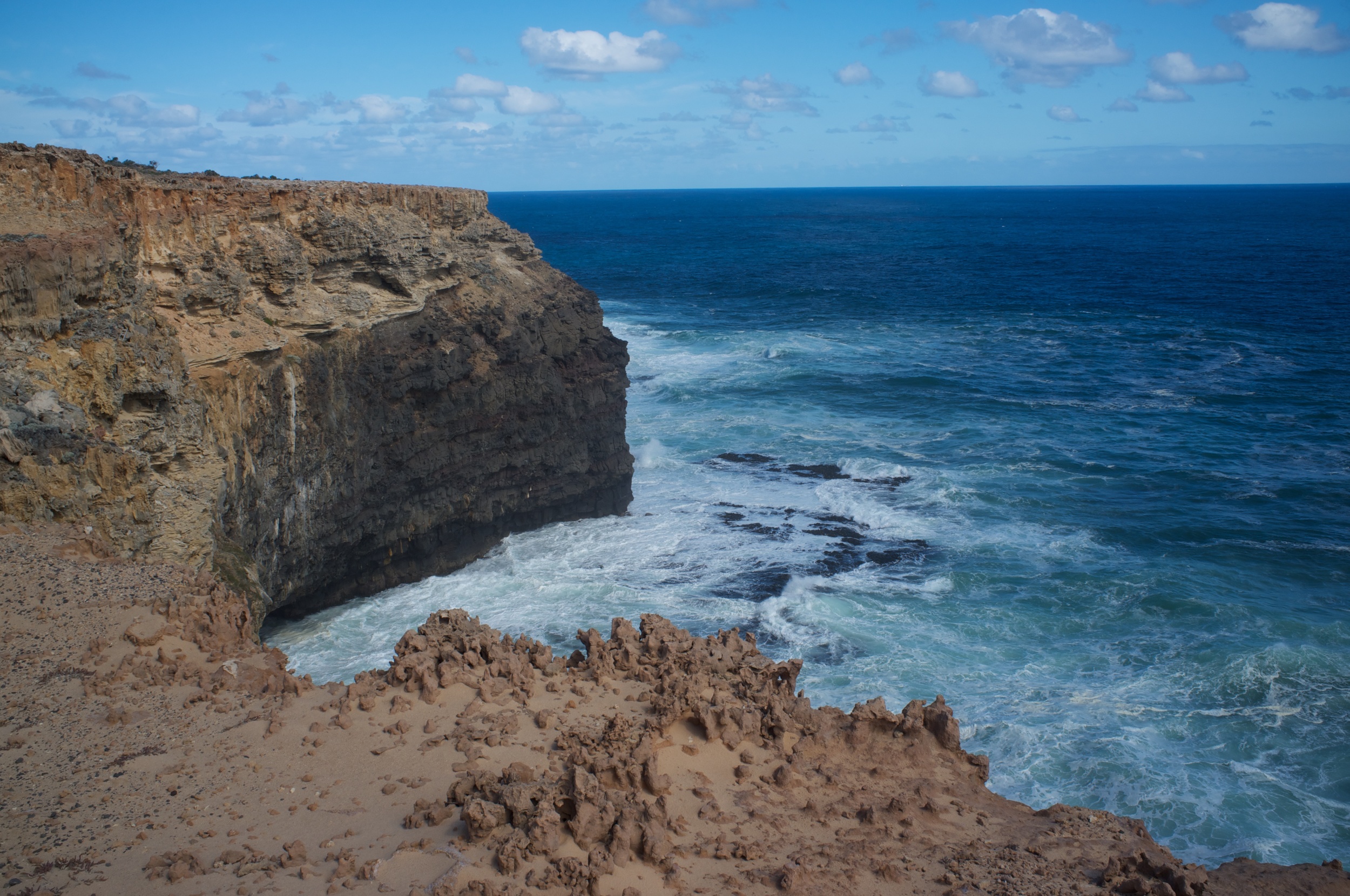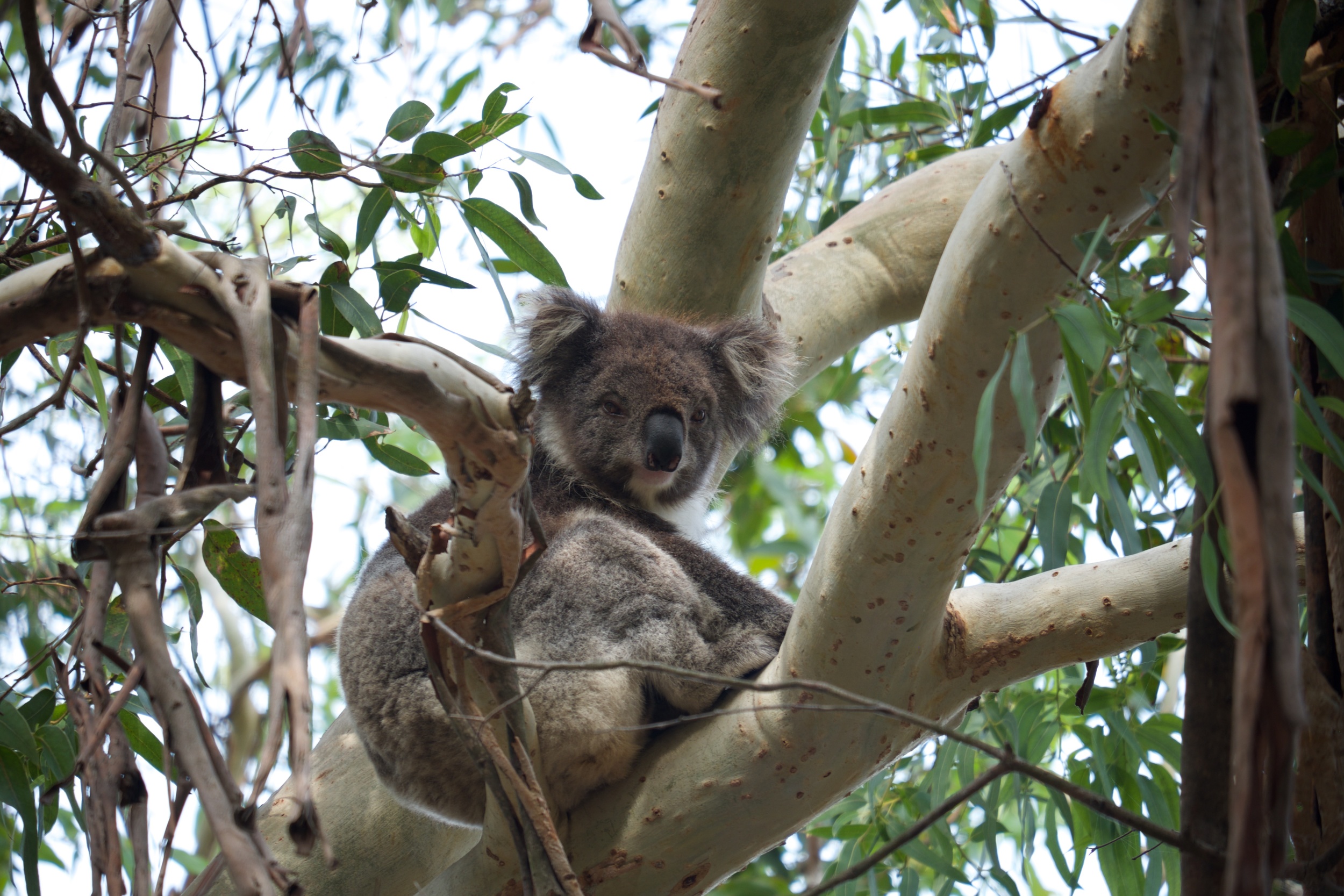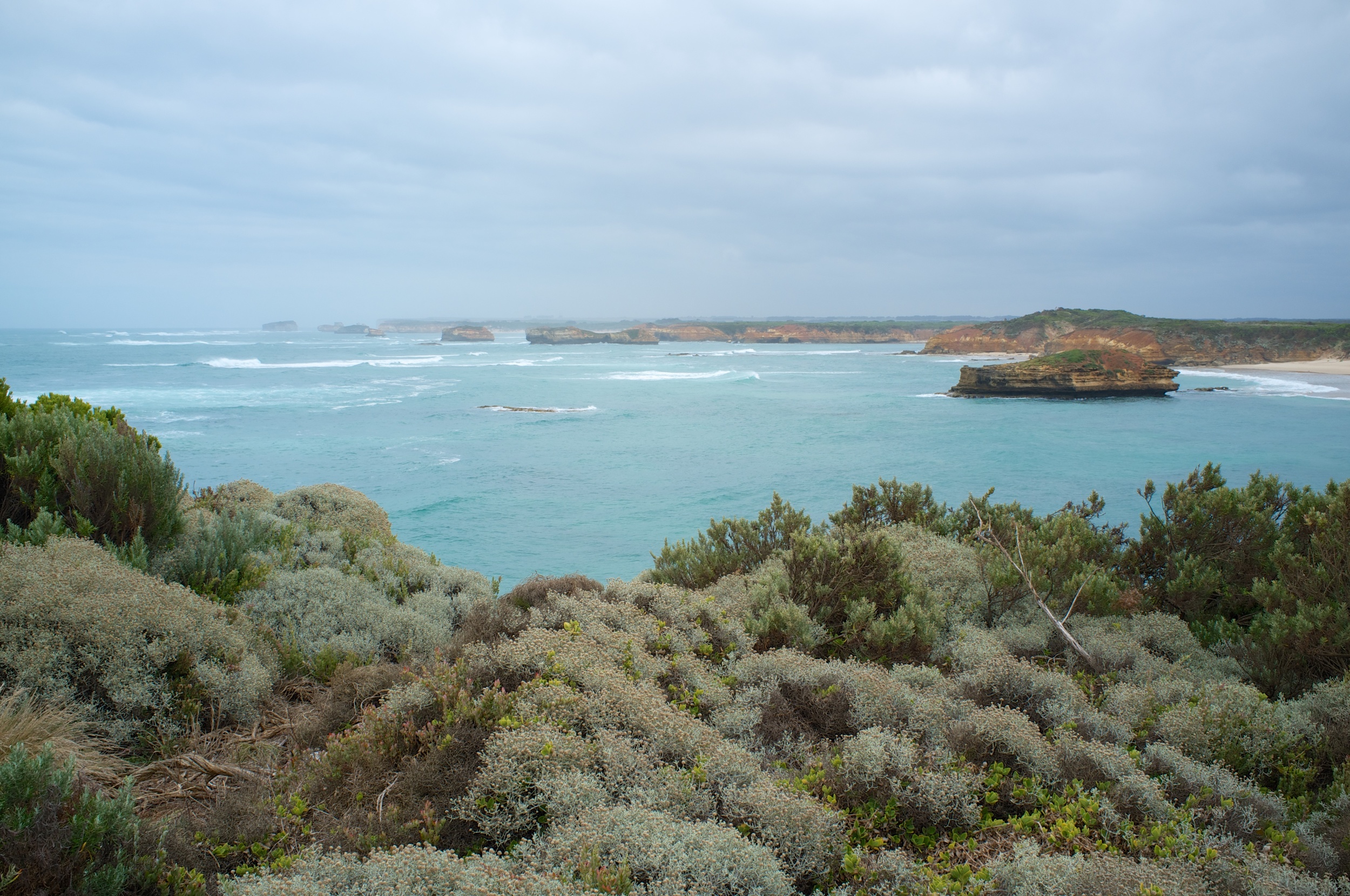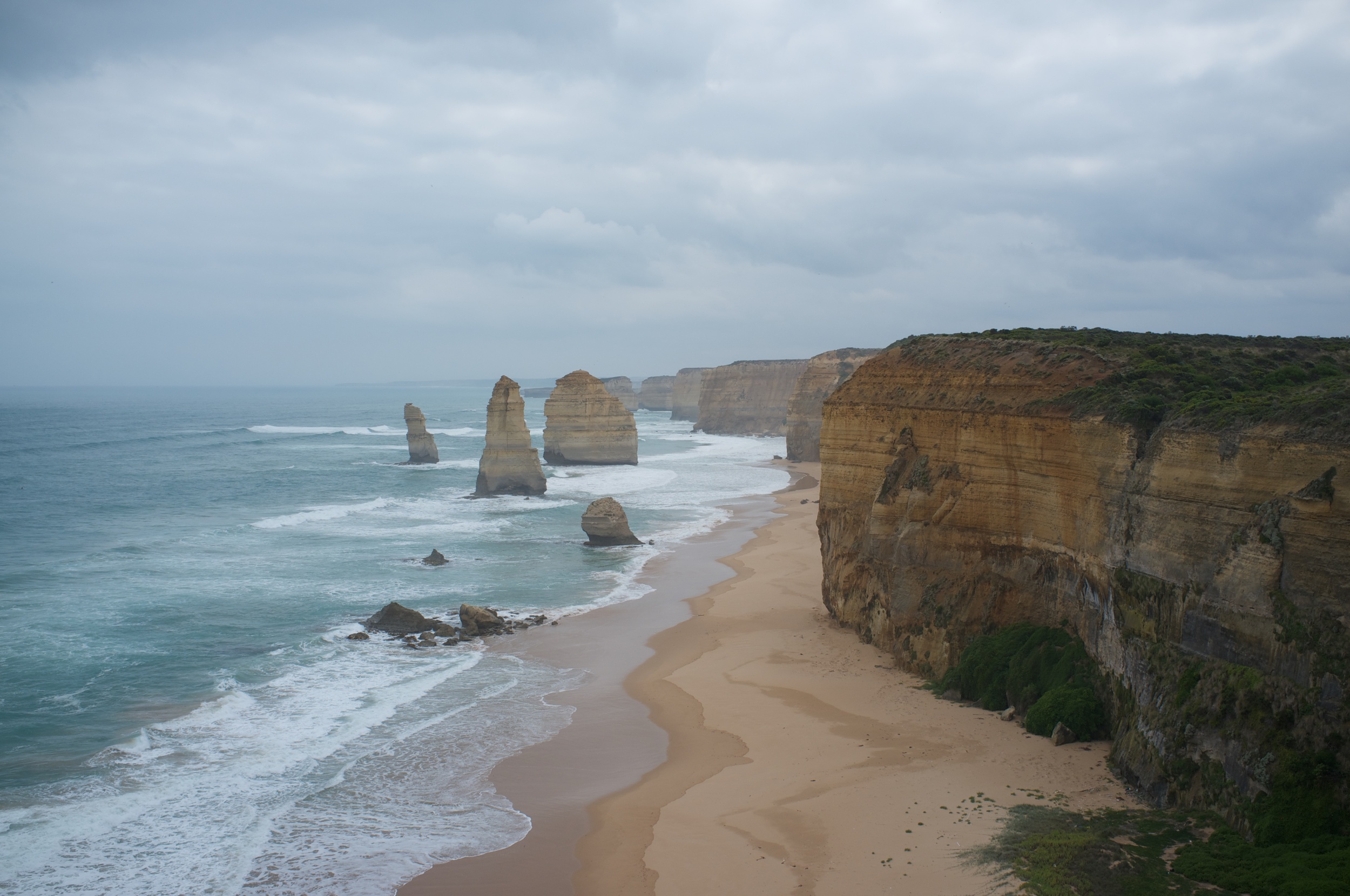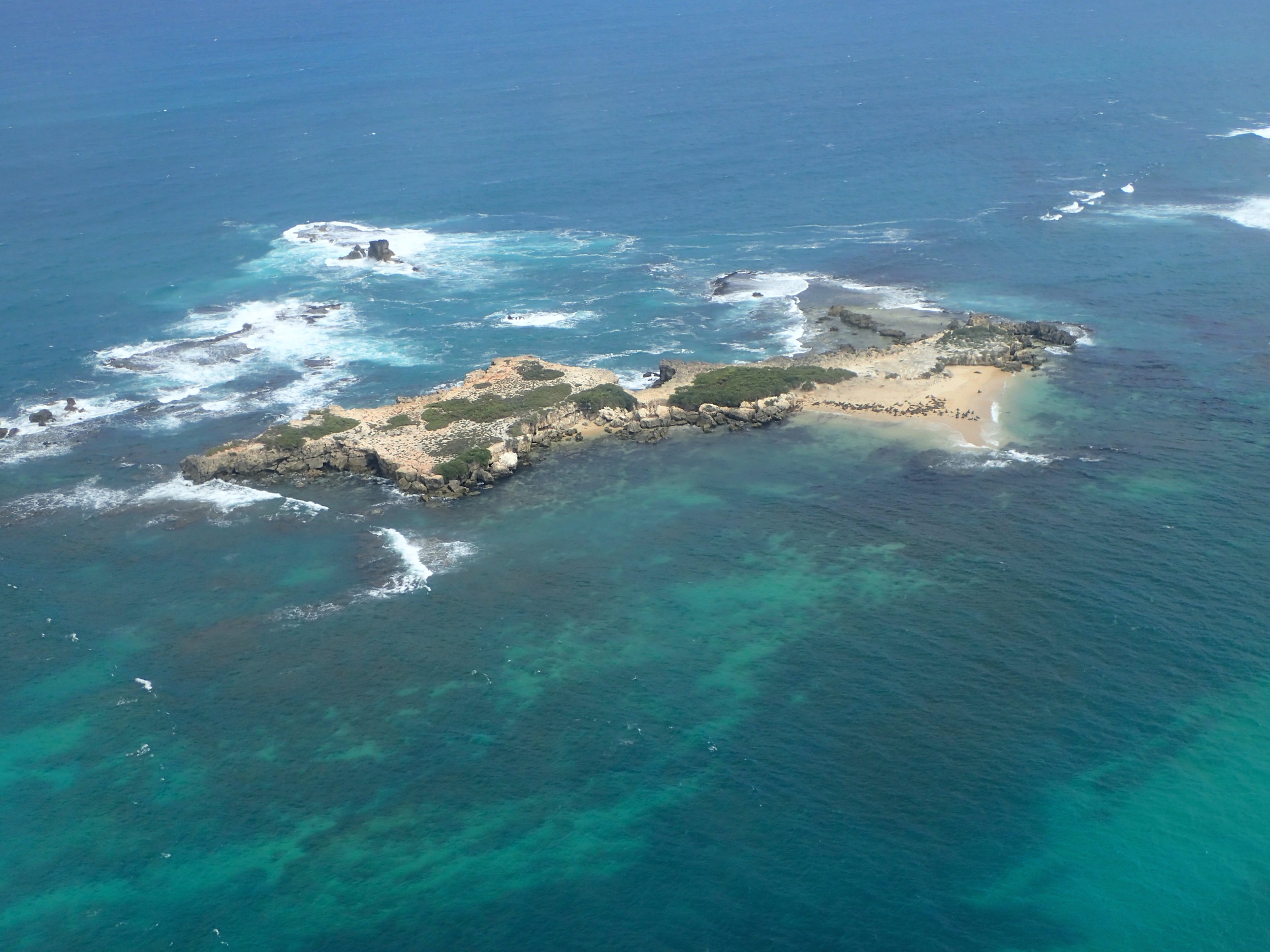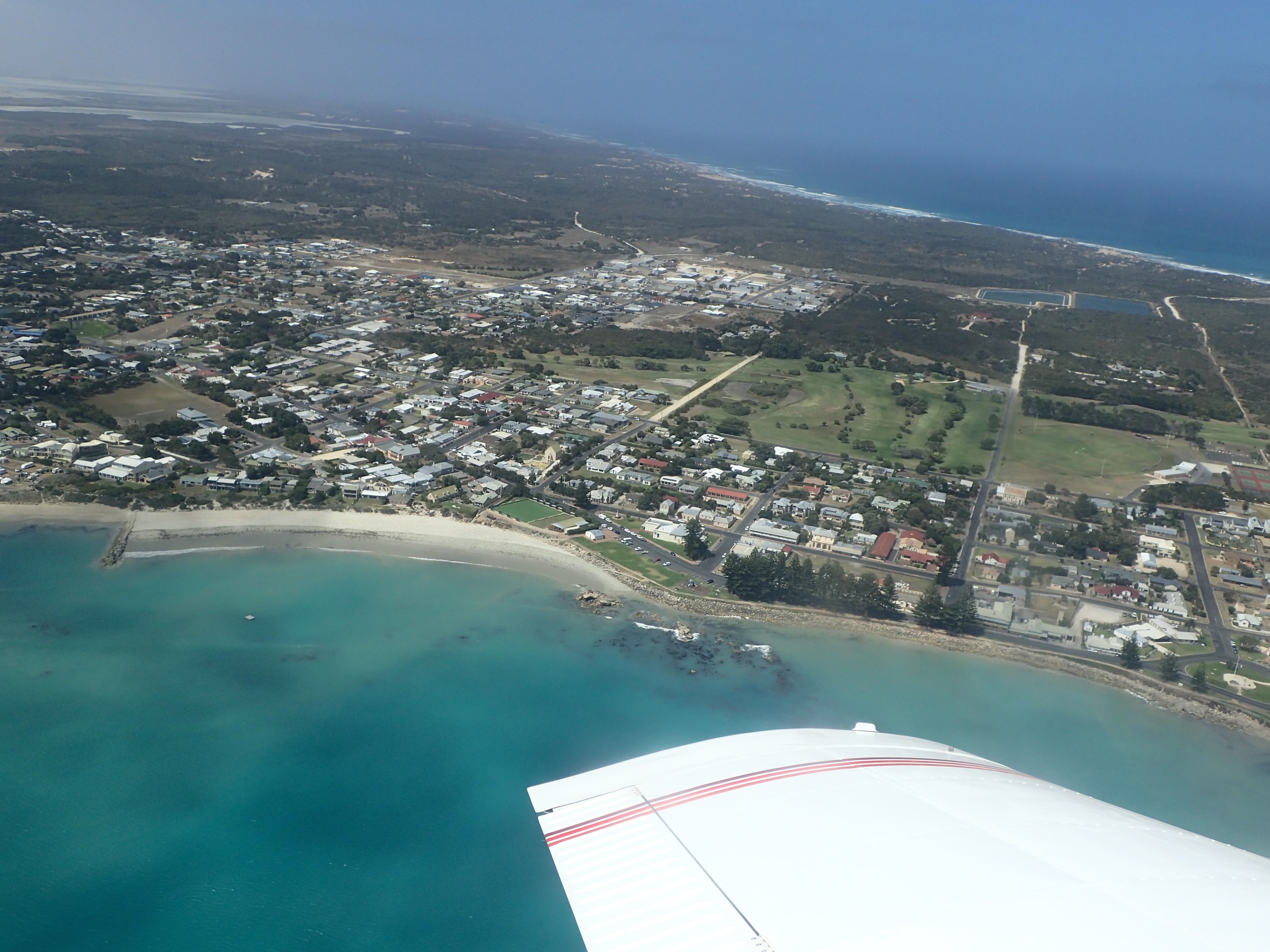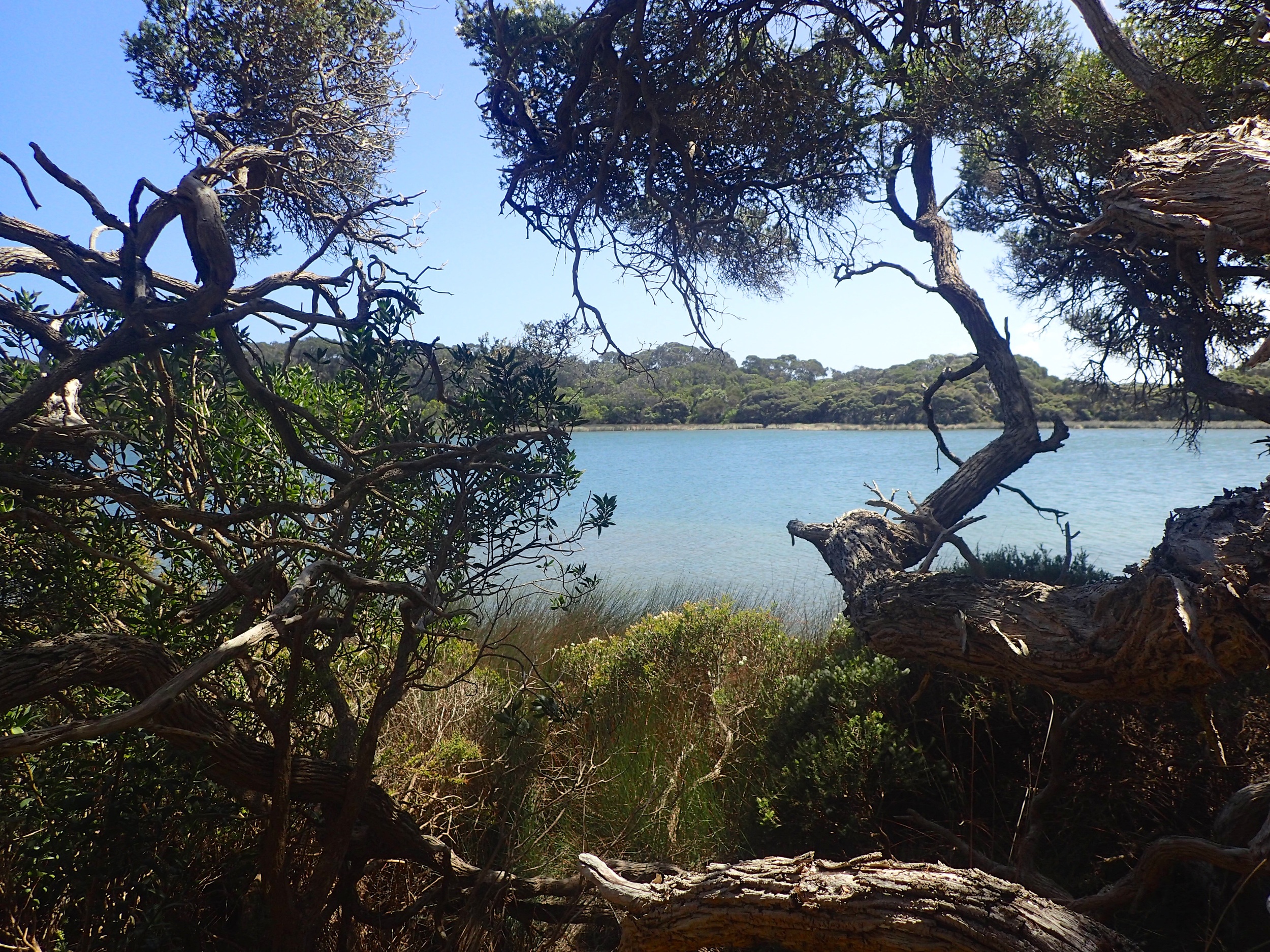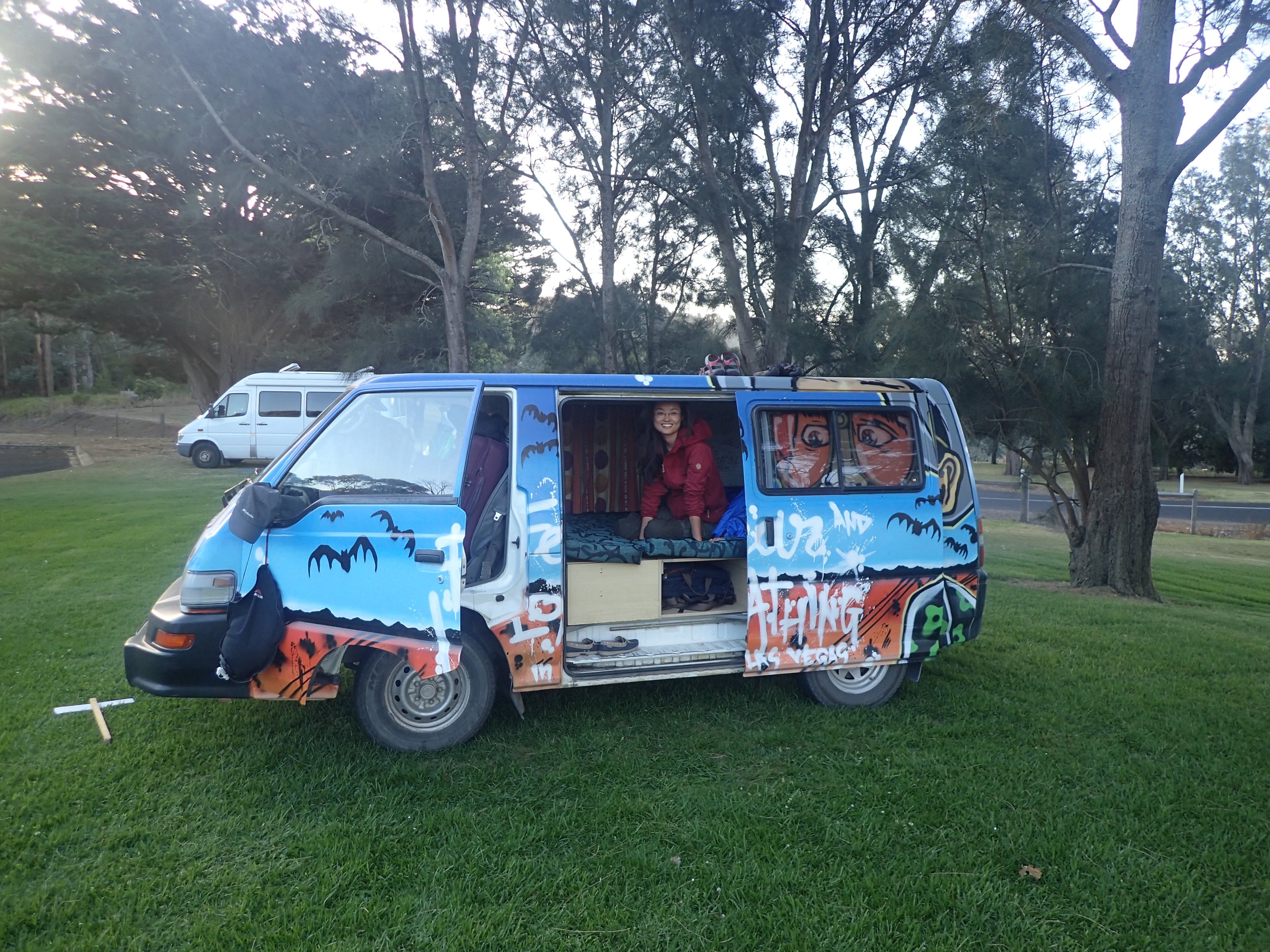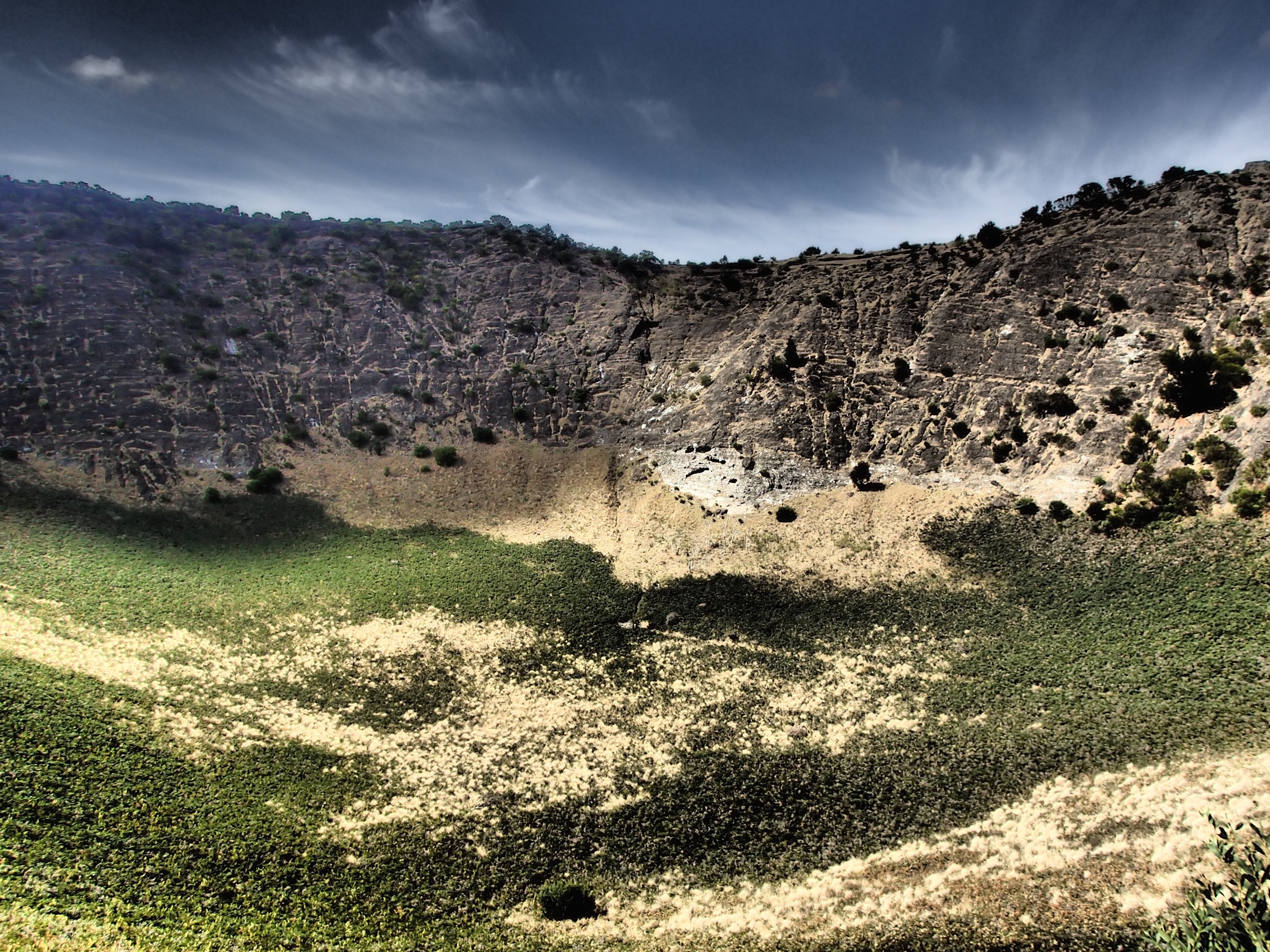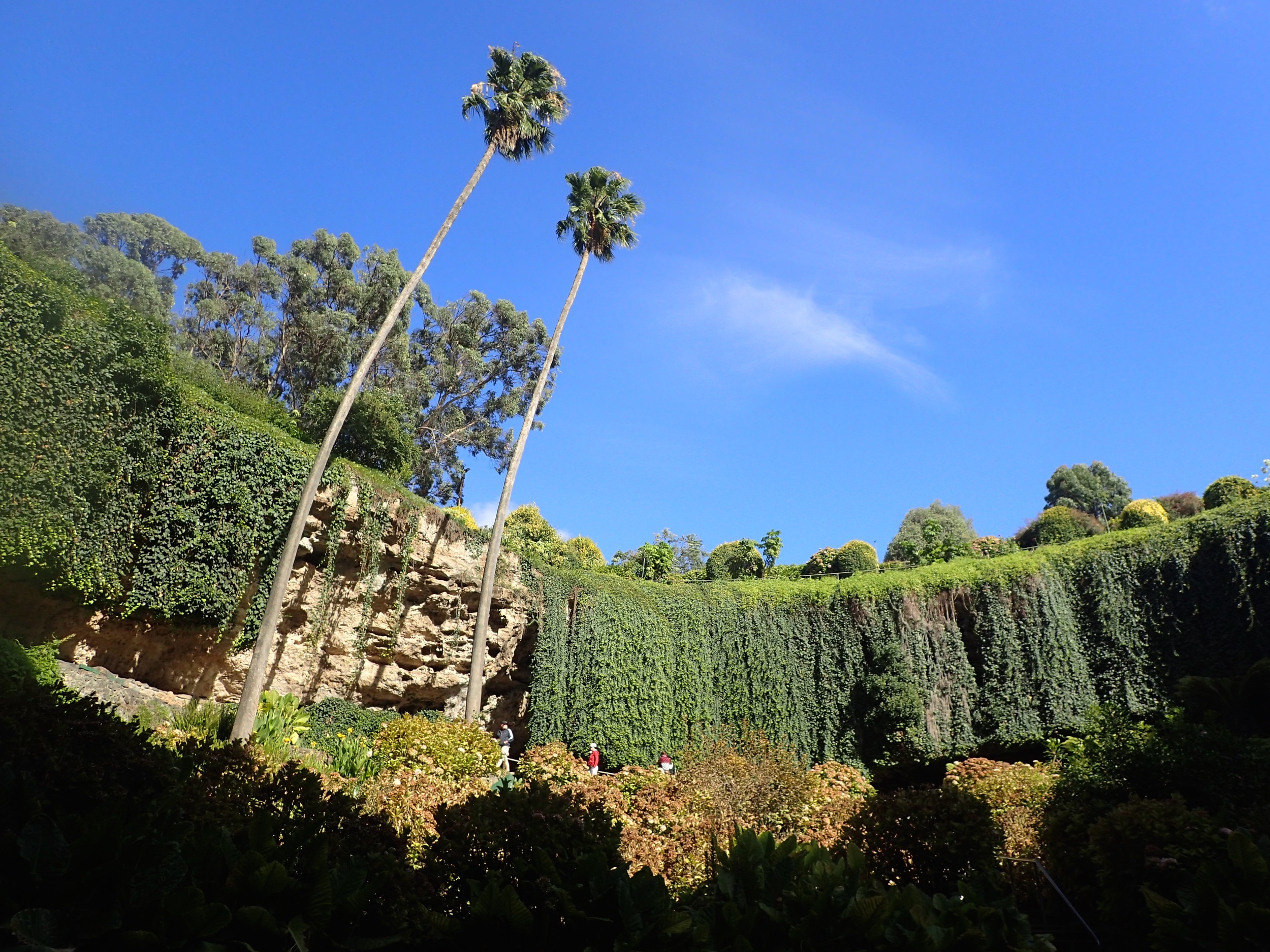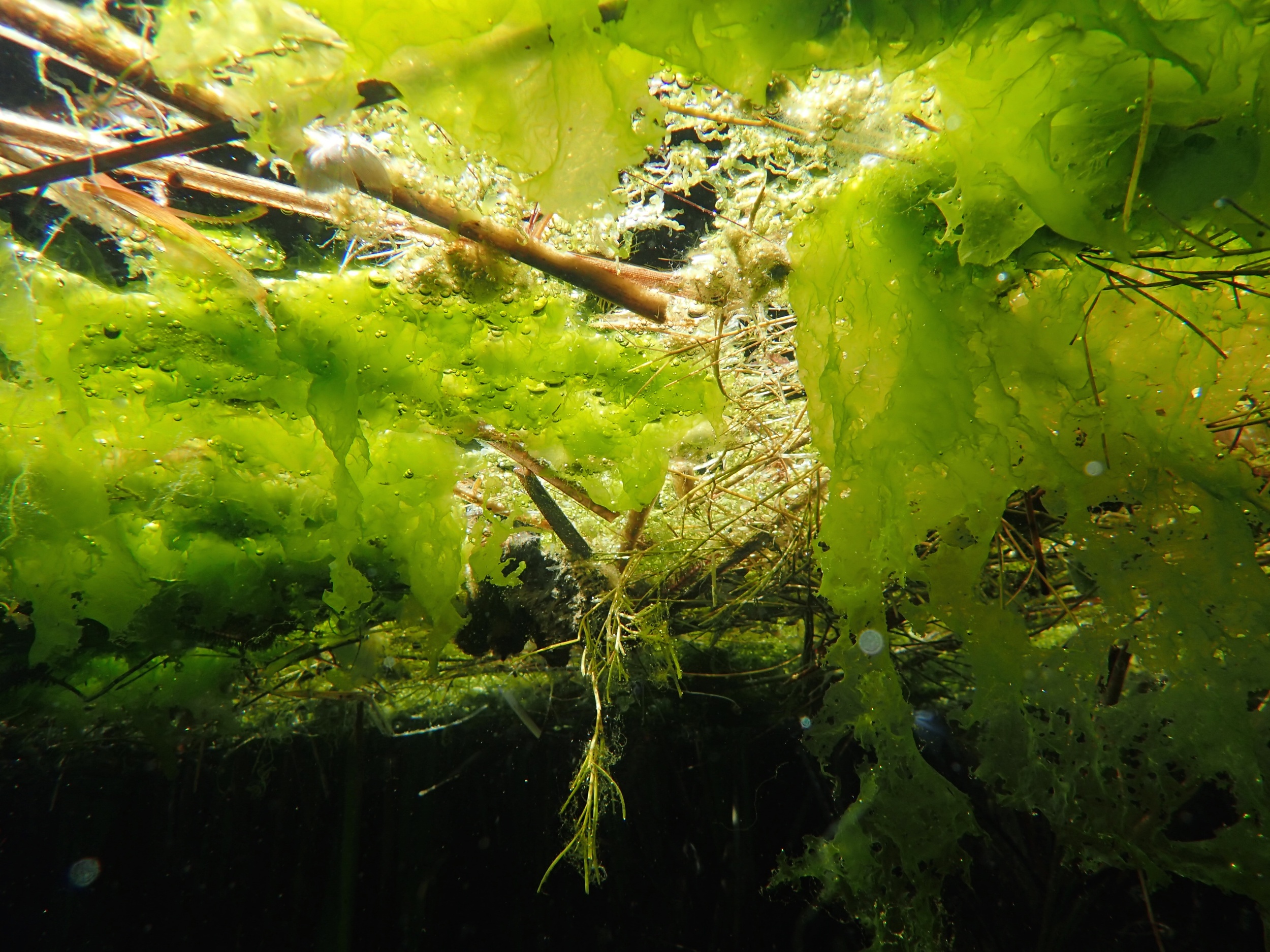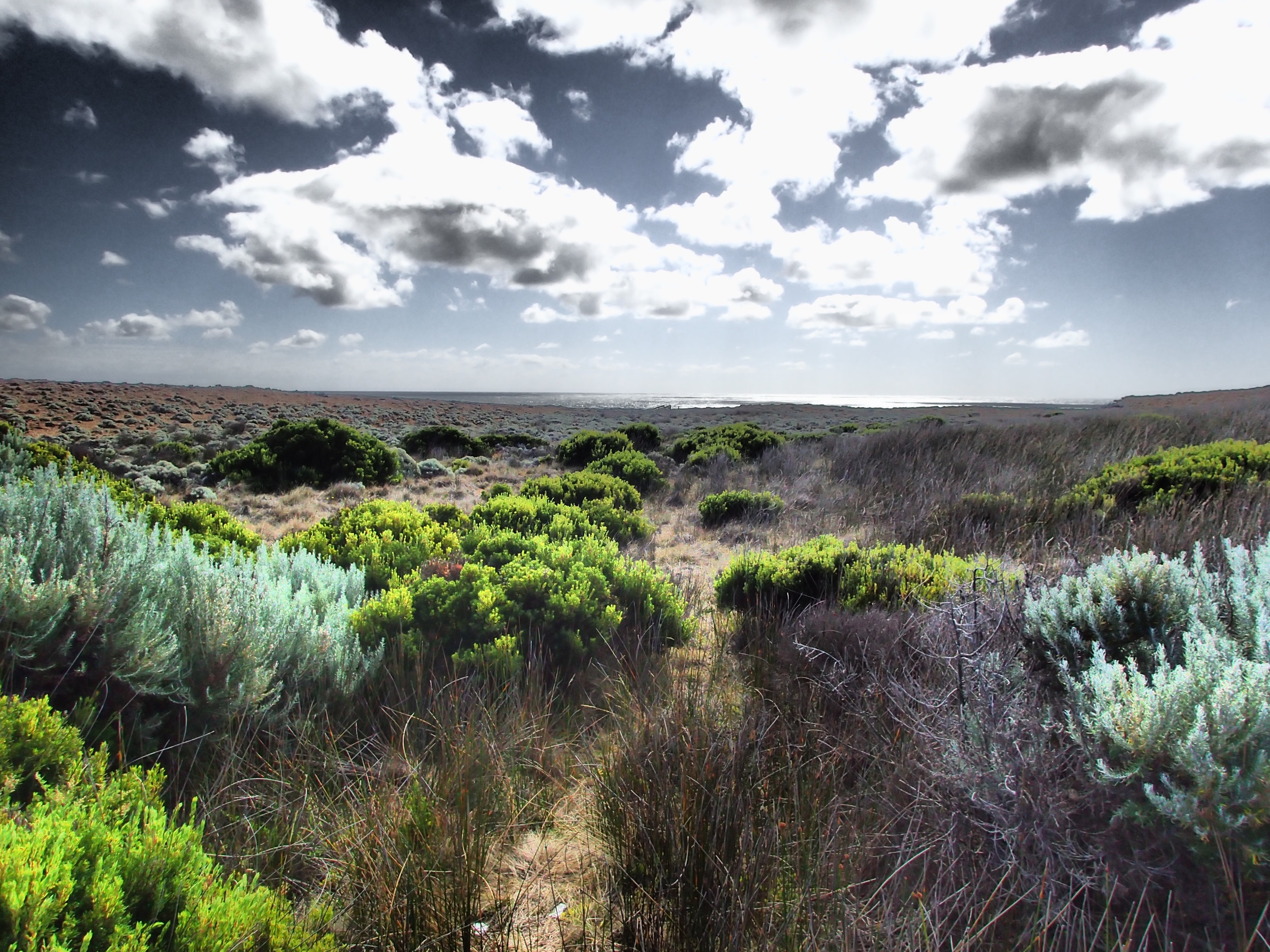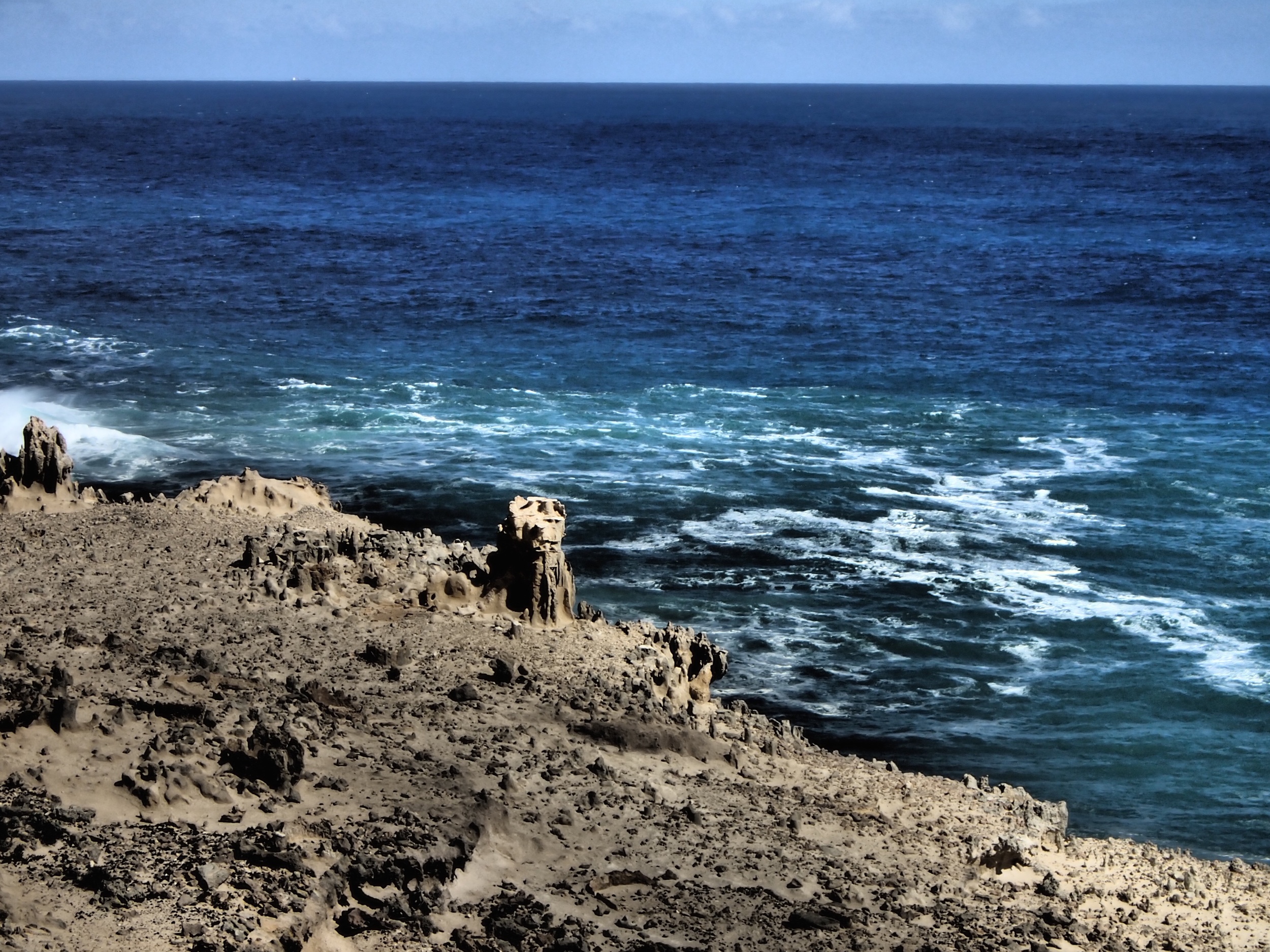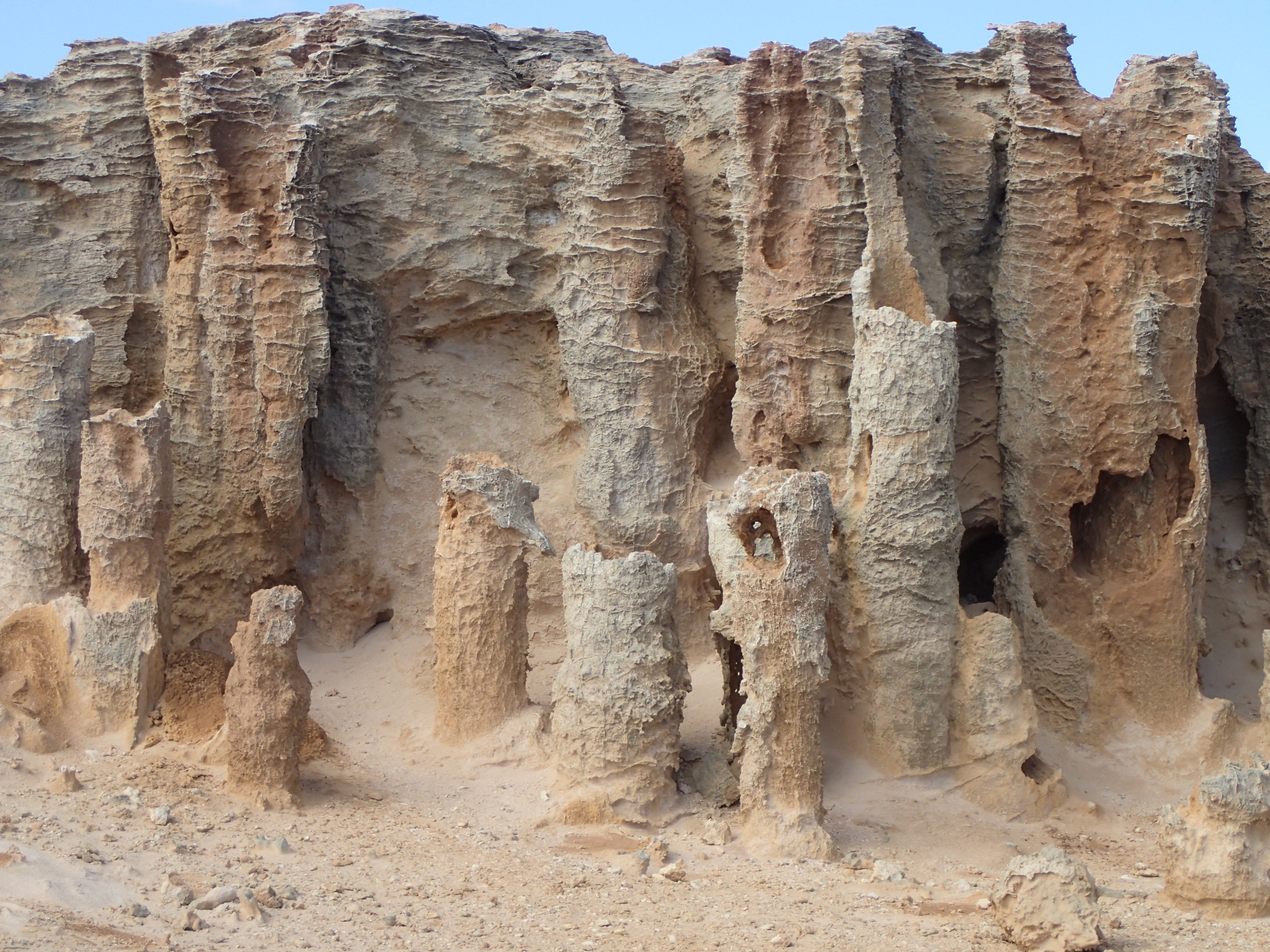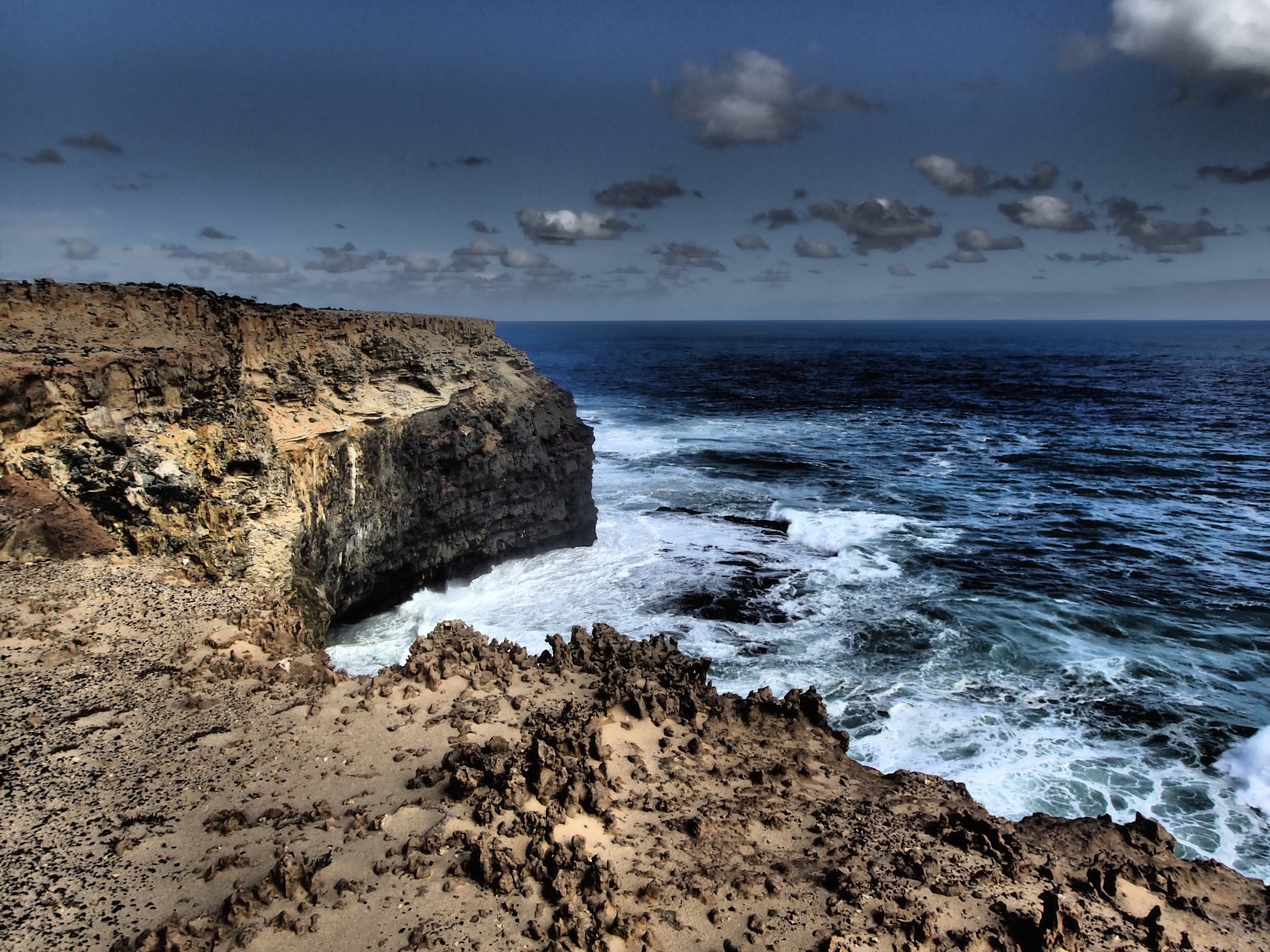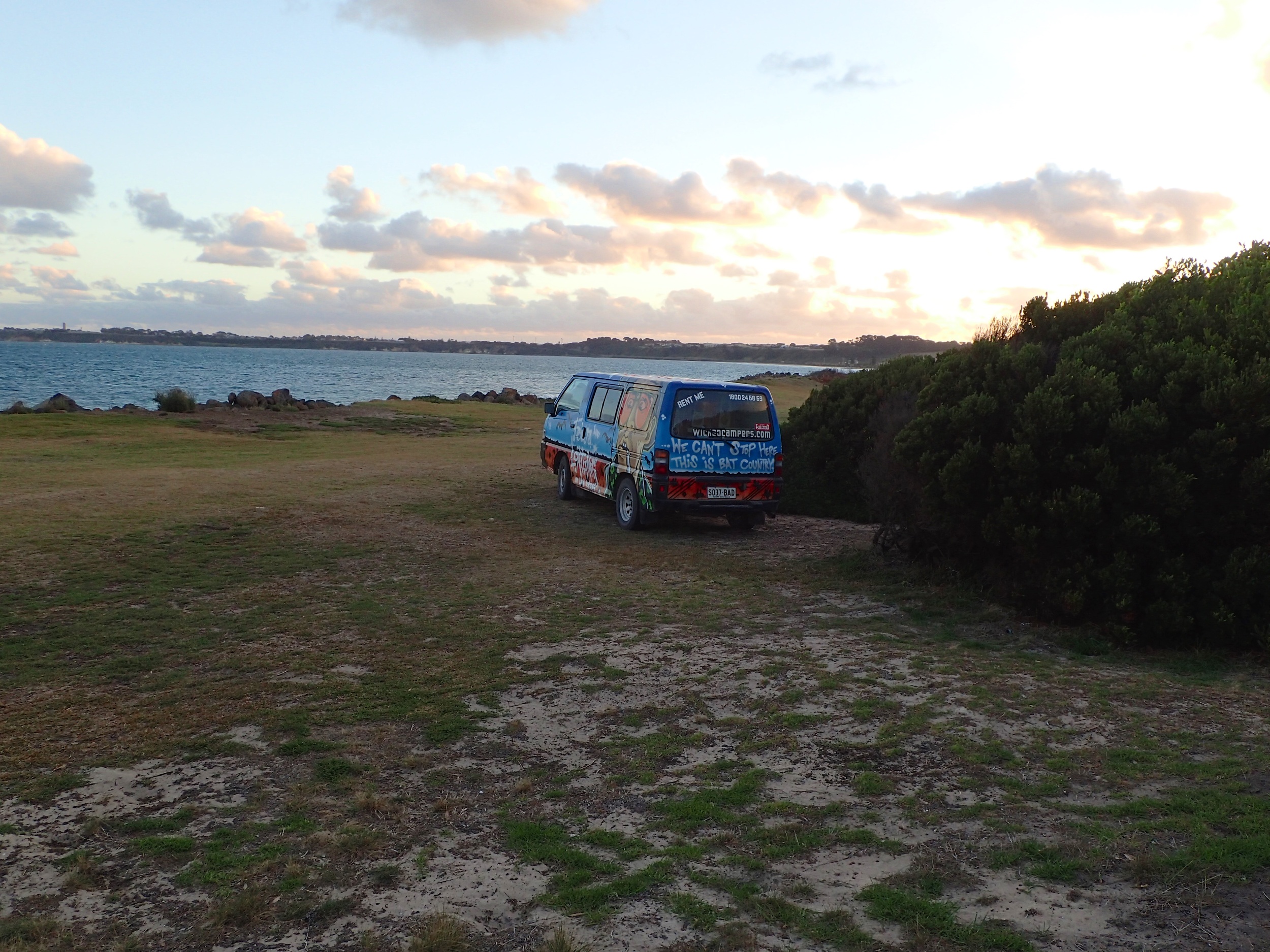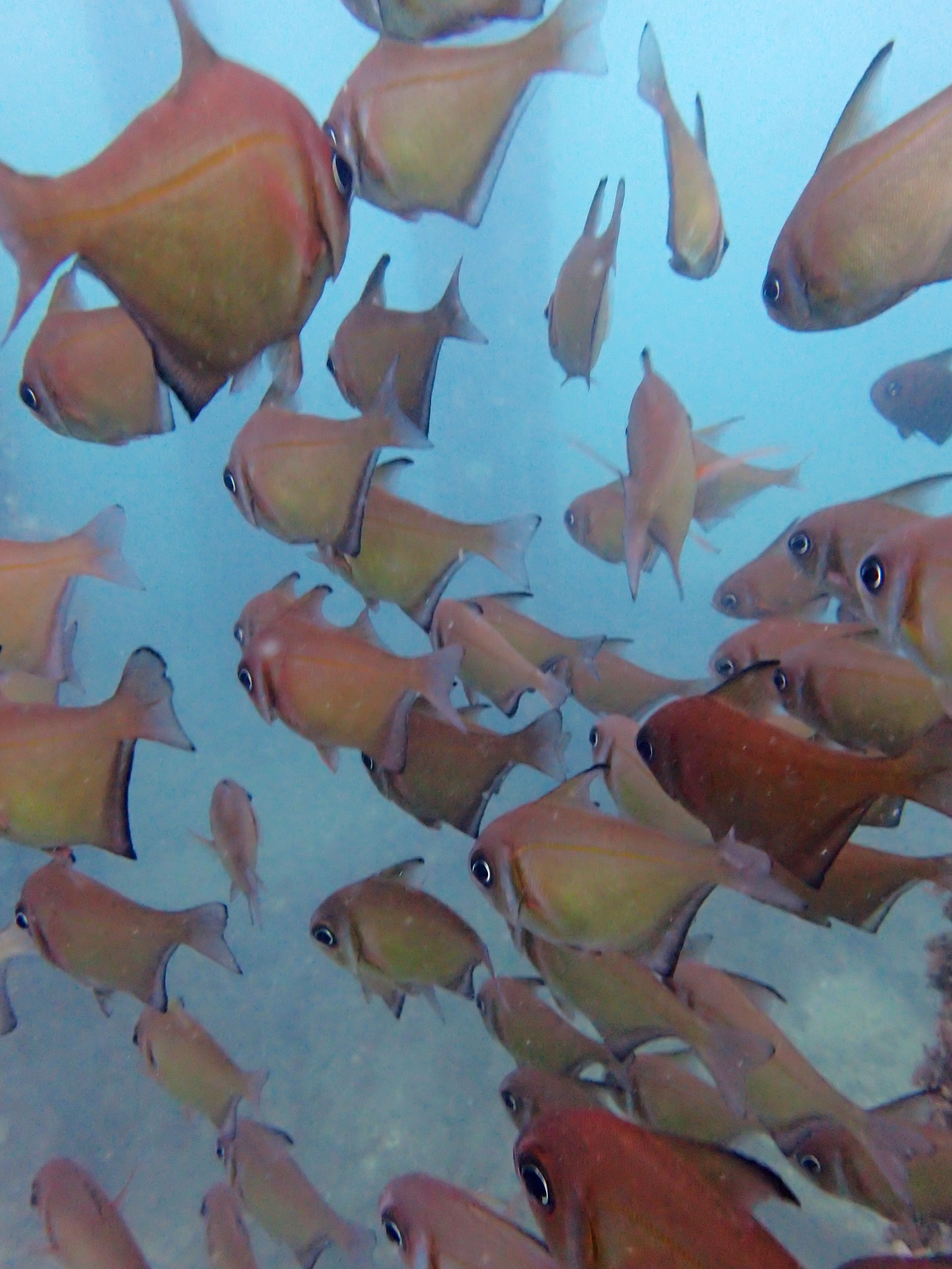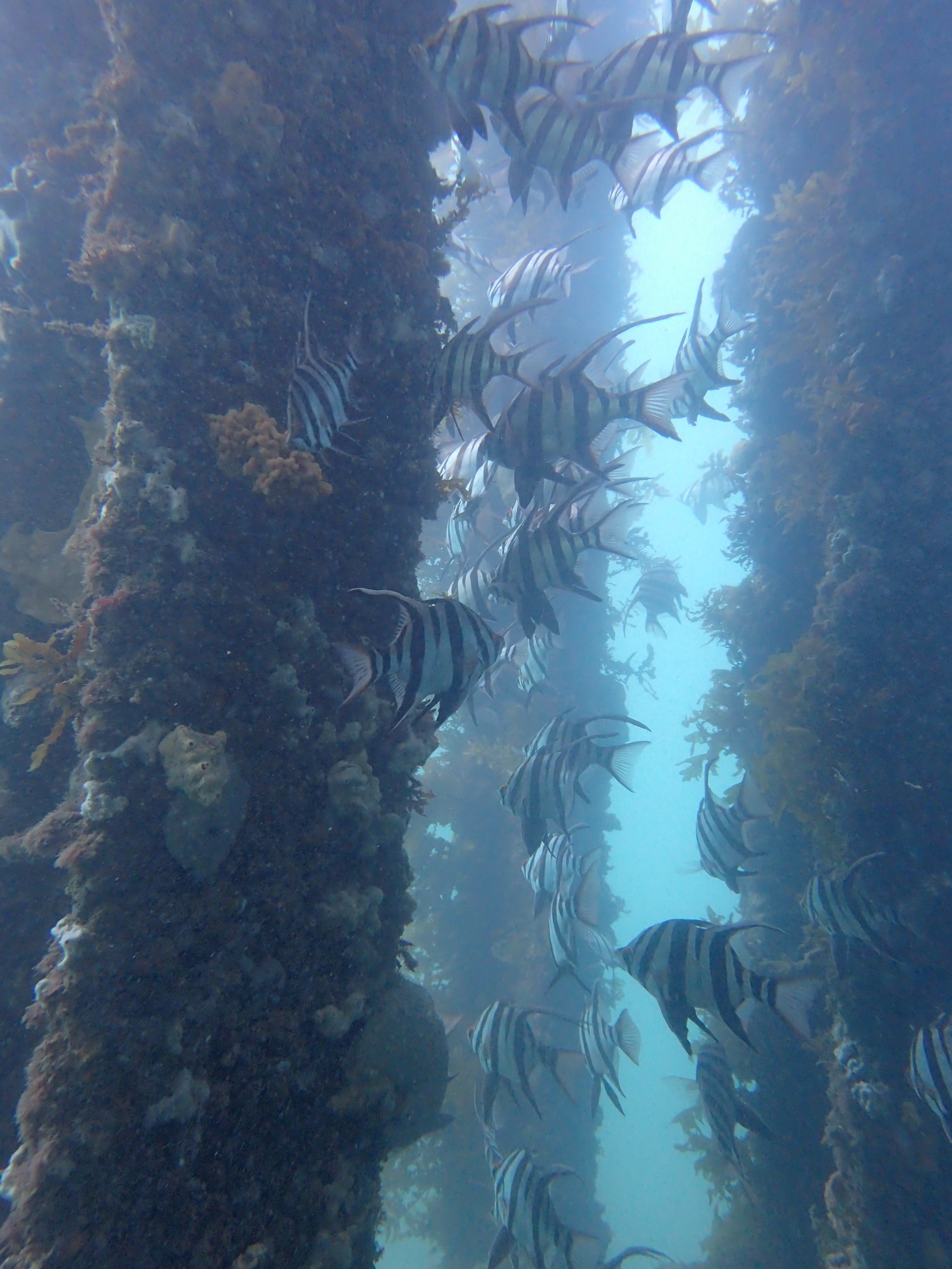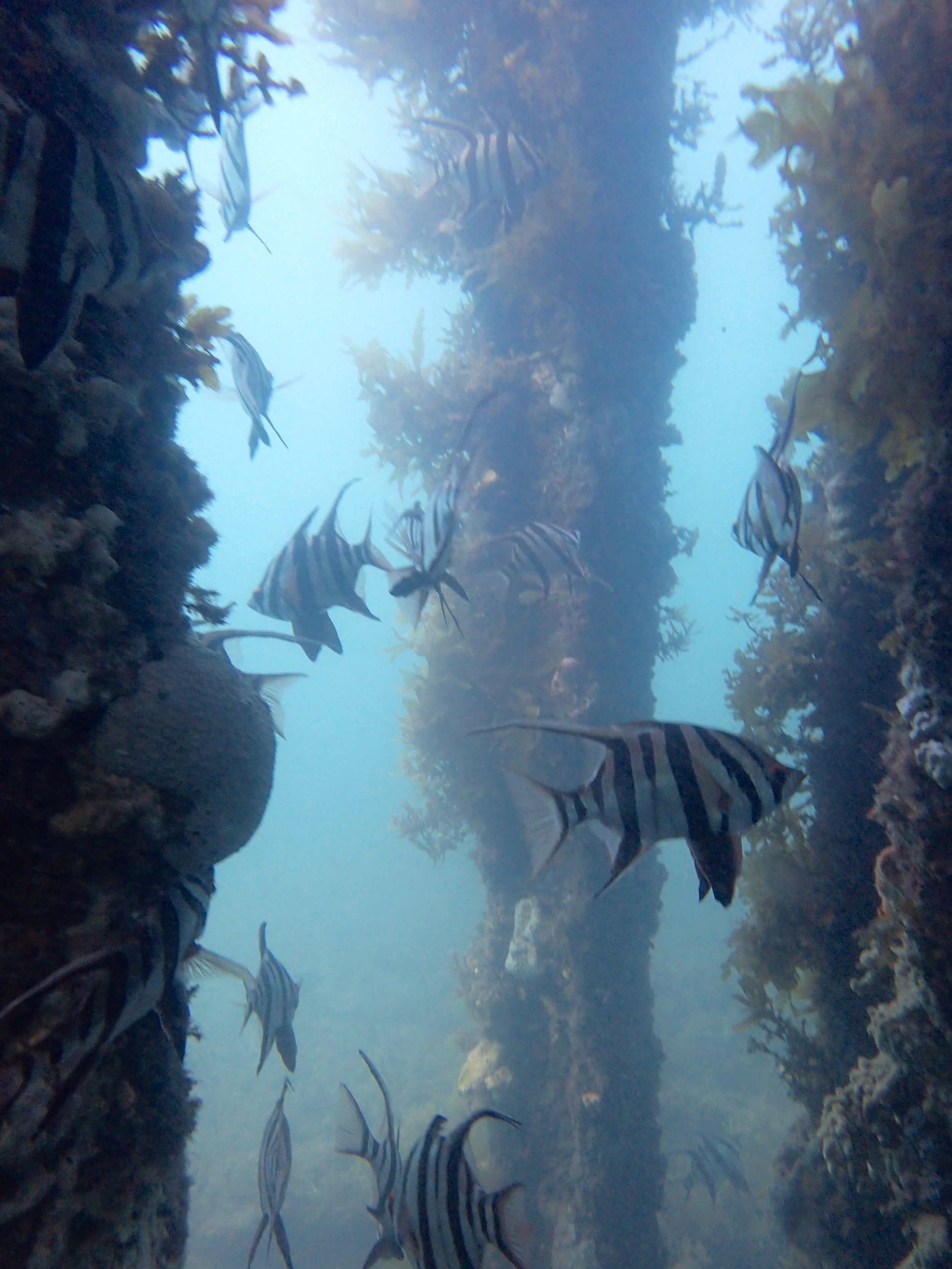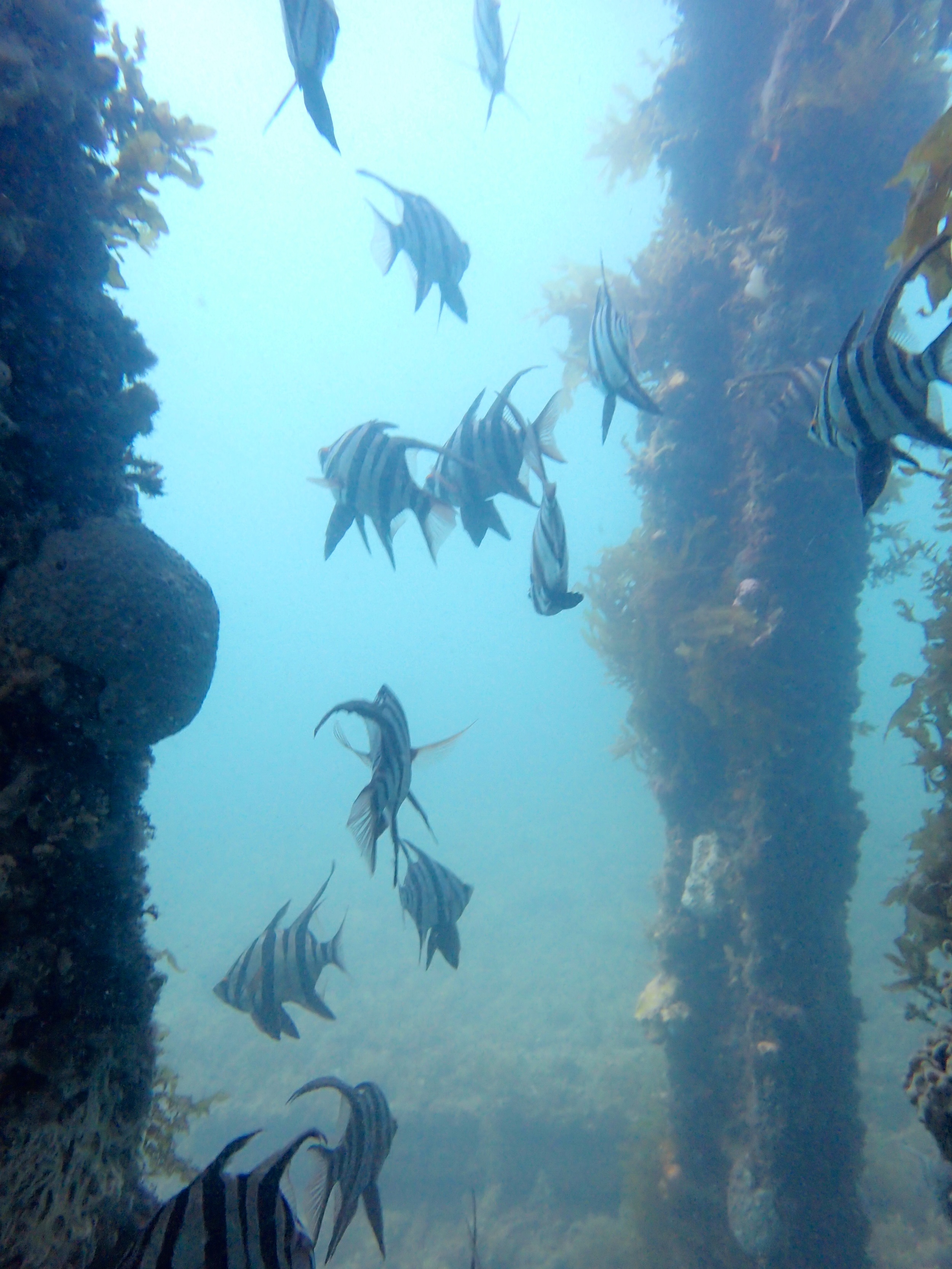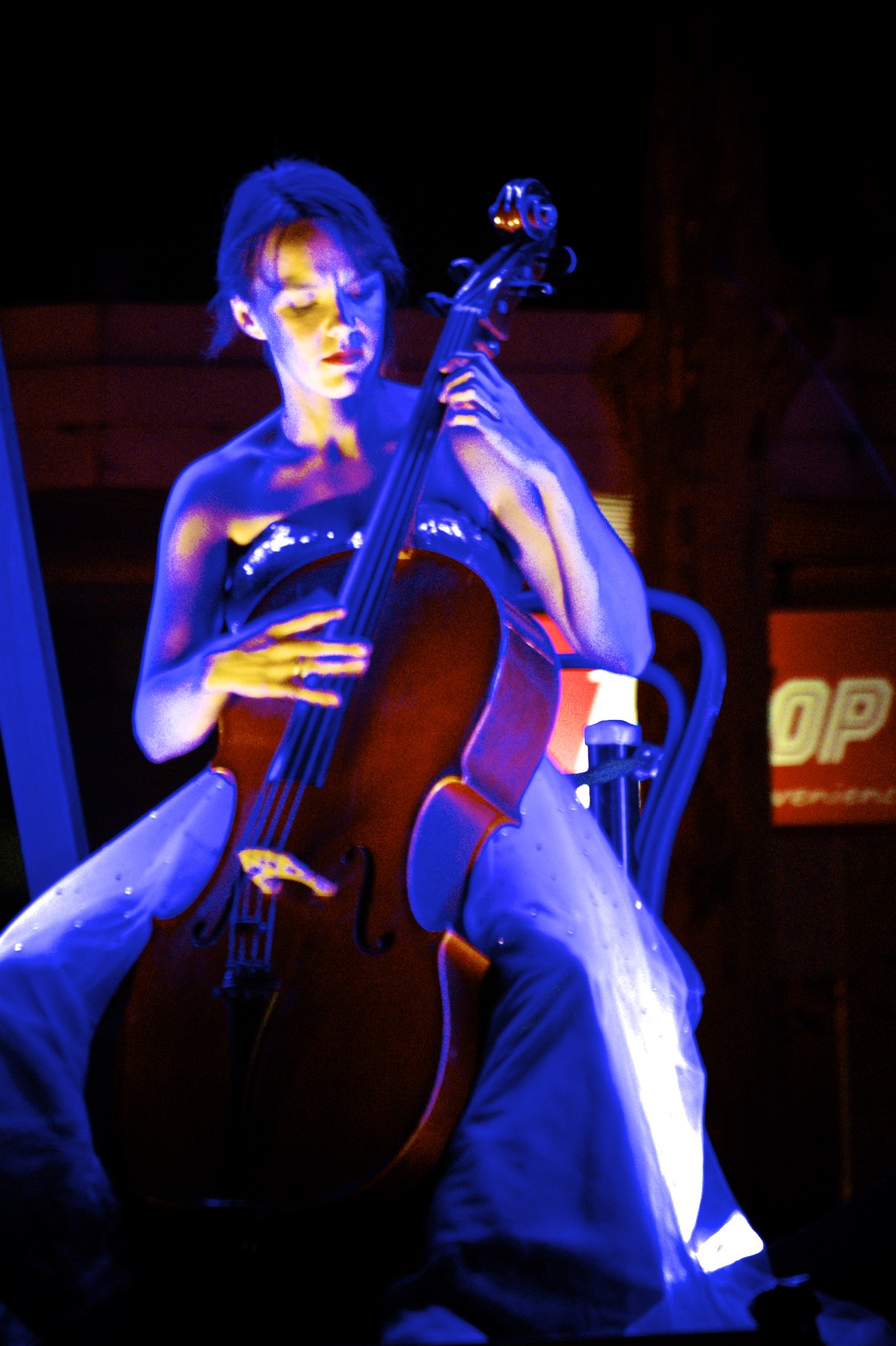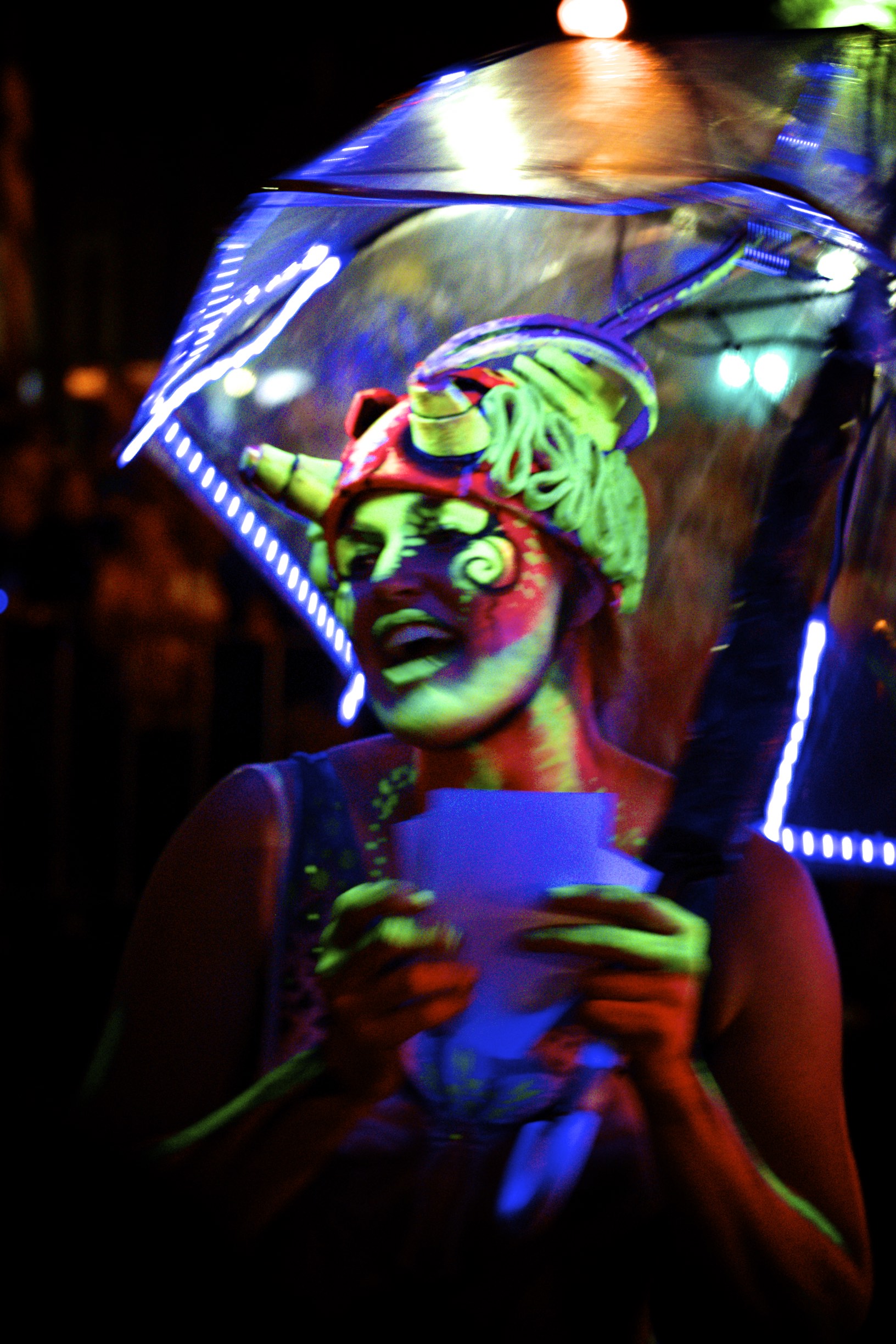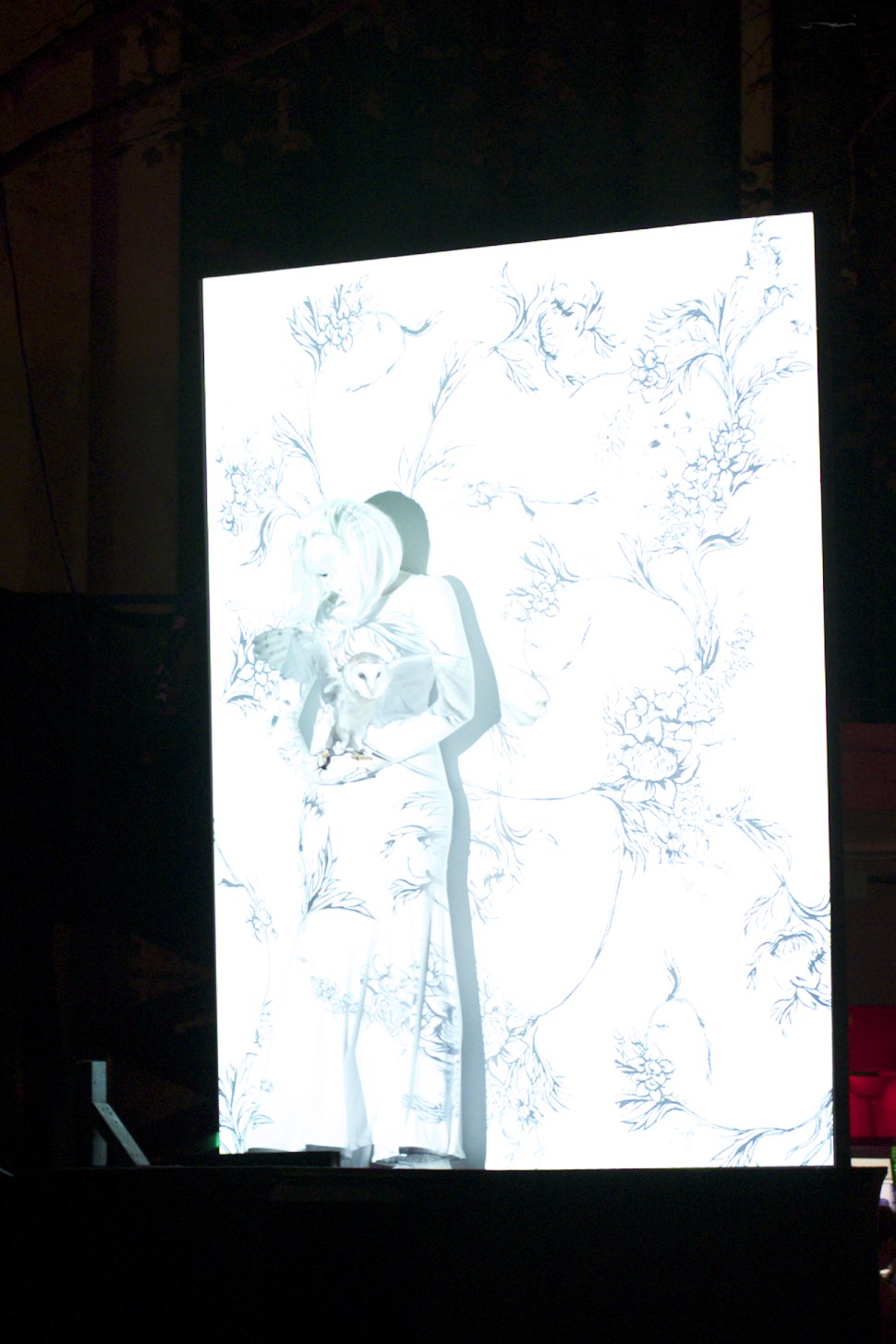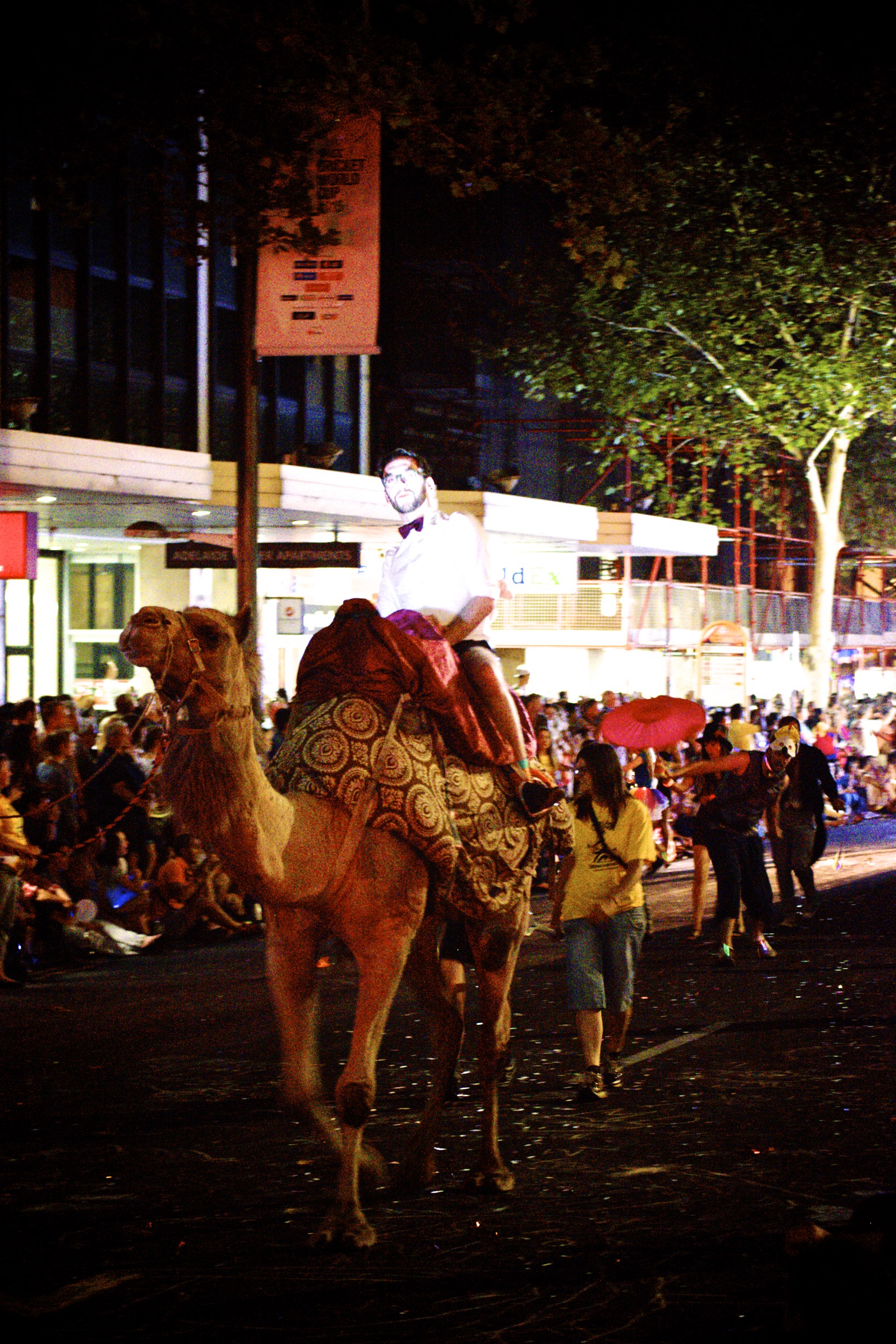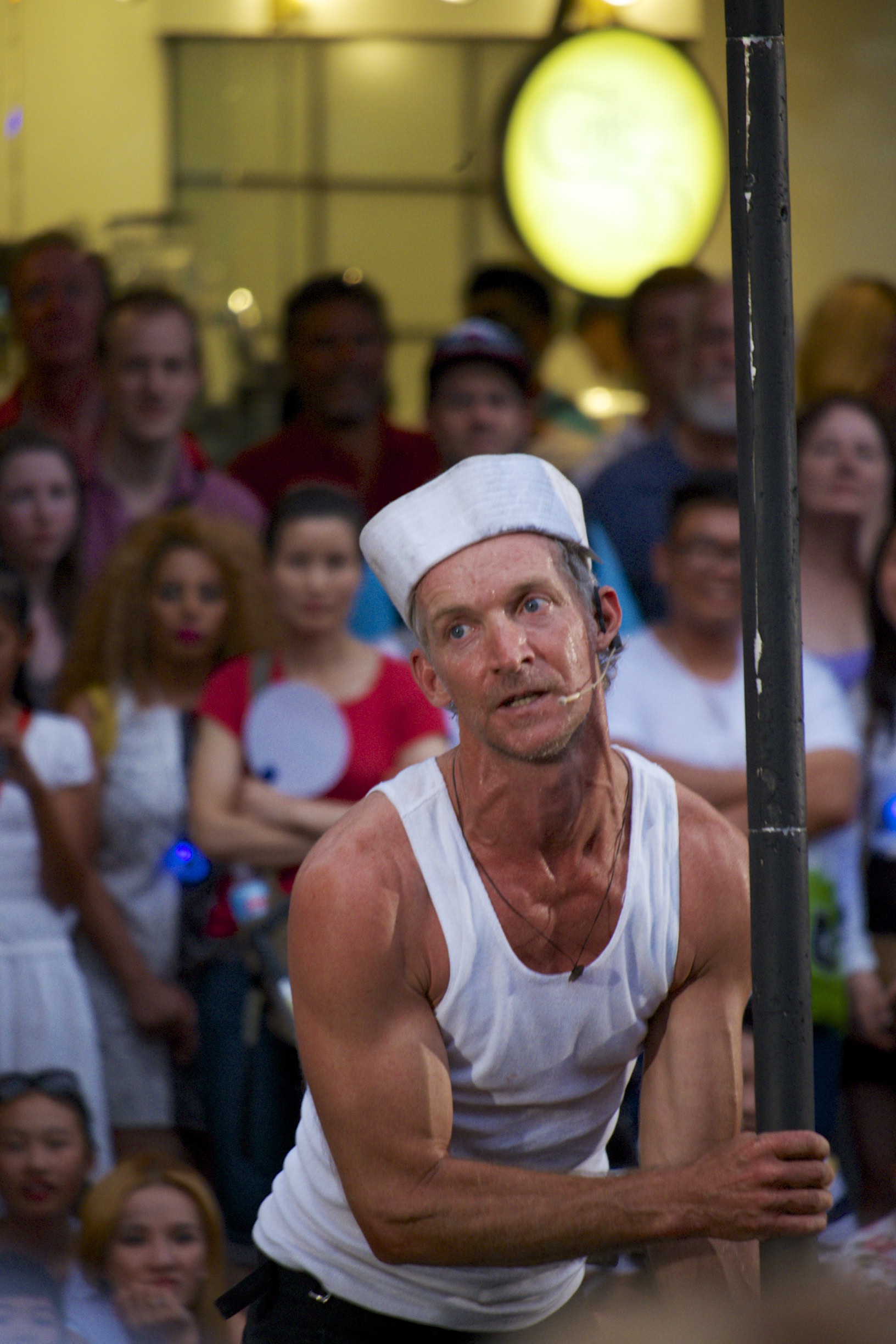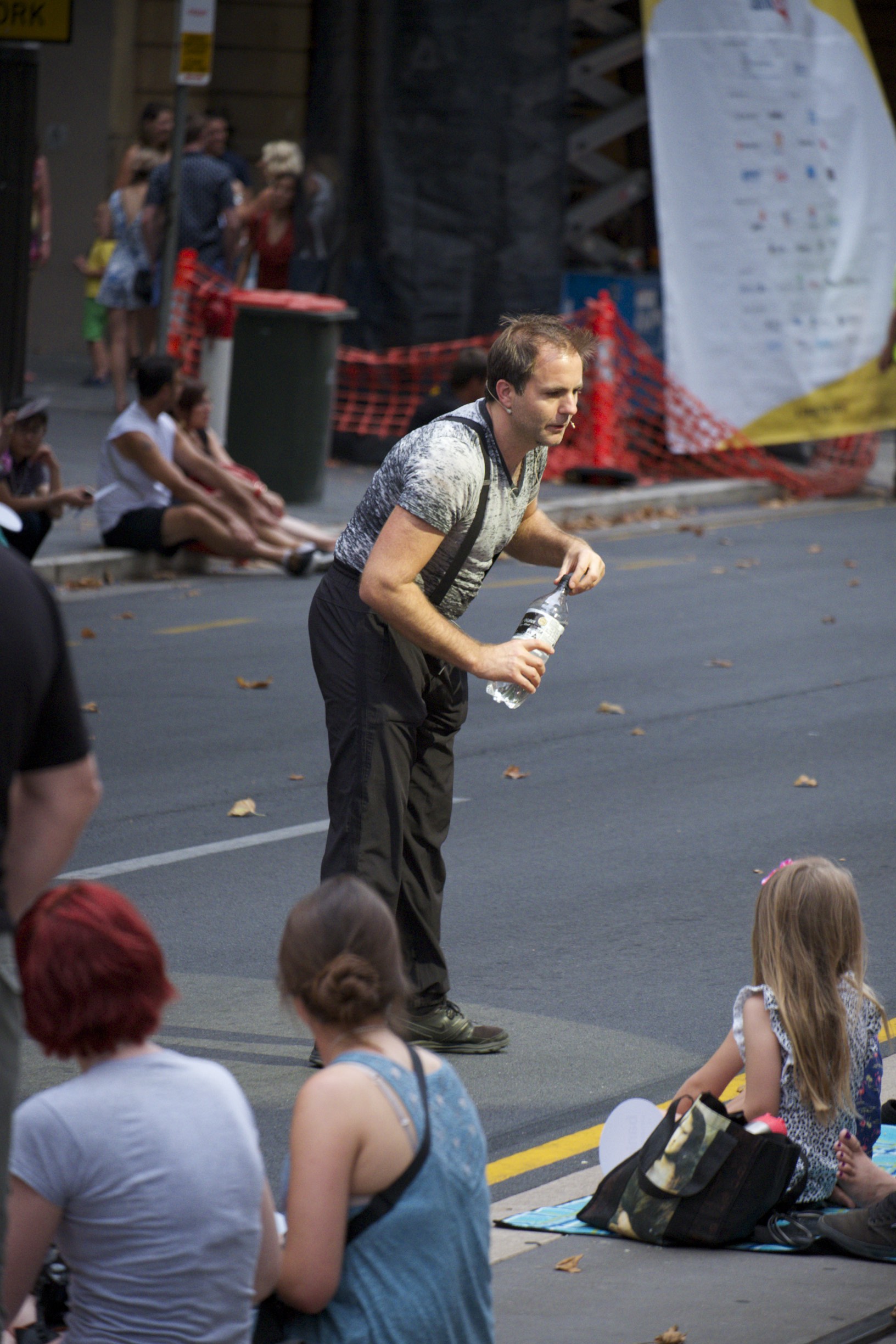Poem of the week: Sonnet XIV
Arrived in London. Quiet weekend, working on lecture preparations. Tried whether the coffee shop of the British Museum or Tate Modern are more conducive to do such thing. I preferred the British Museum for the spirits living in the walls, and Tate for the esprit (that't more French, isn't it?) in the halls. Another thing I noticed, was that I completely forgot over my years of corporate brain drain, the poetry which was so present to me ages before. So, from now on I will recite and remember one poem per week. Will start with the ones which I knew by heart before. That's easier. I commence with Shakespeare's Sonnet XIV, as this always reminds me of the limits of my mathematical models. And I am not so far next week from Stratford upon Avon.
View on St. Pauls from Tate Modern


















